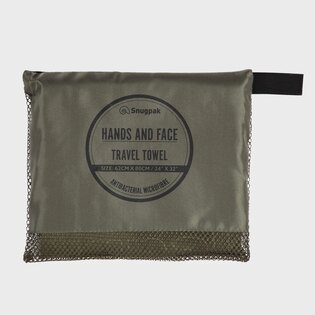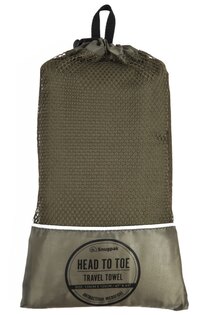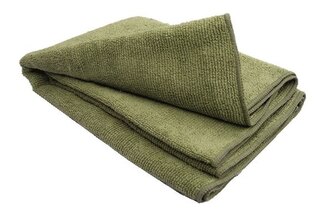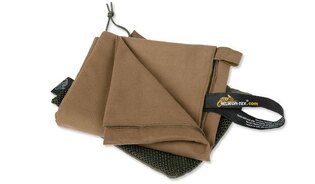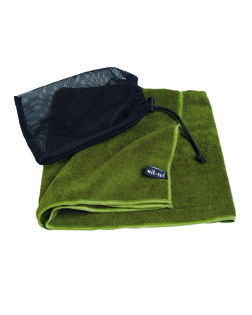When to start hardening? Right now!
Hardening is not a new trend, it has always been with us. And for today's man, spoiled by the comforts of civilization, it brings many benefits in terms of physical and mental health, strengthening immunity and the ability to cope with discomfort. But when is the best time to start? It is now, at the beginning of autumn.
Are you looking forward to meeting a bunch of cheerful (almost) naked people splashing in the icy water at the pond in winter? What does that do to you? Do you root for them, don't care for them, or do you rather look down on them? Or do you even belong to them? How about giving this healthy pastime a chance and trying it too? They are not smiling for nothing. Hardening can release endorphins just like exercise. And it can be addictive.
What is hardening good for?
Yes, it's been a trend that has been filling social media for a few years now. But let's not lump all trends together. Hardening has many positive effects on the body and mind, including:
- Strengthening immunity.
- Stress reduction, relaxation, mood improvement.
- Ability to work with discomfort.
- Better adaptation to changes in weather and temperature.
- Strengthening the cardiovascular system as part of the prevention of civilisation diseases.
- Faster recovery.
- Better quality sleep.
- Anti-inflammatory effects.
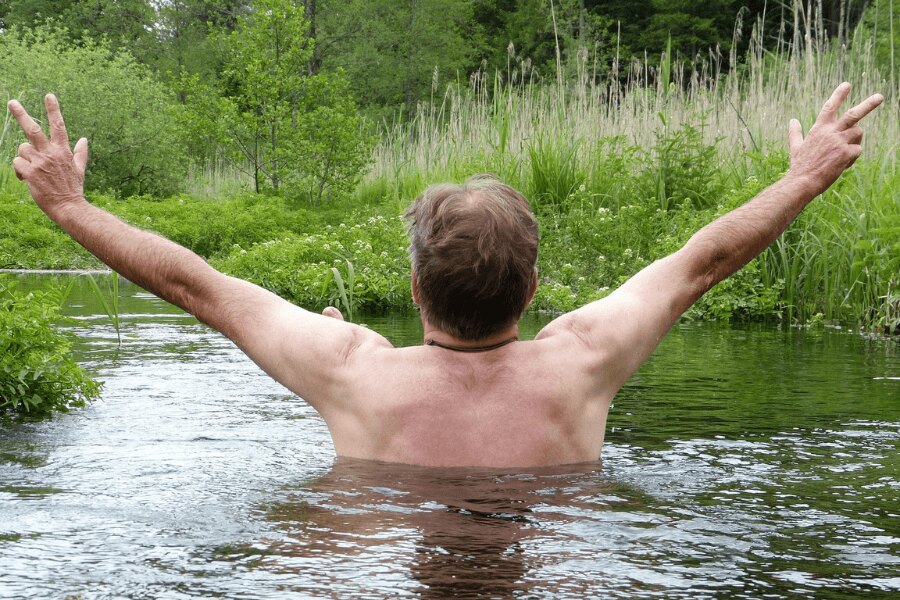
Hardening has many benefits. But there are a few principles to follow.
Take it at the right end
You can start hardening off at any time (although it is a bit harder in summer). But if there's one season that's particularly good, it's the beginning of autumn. Why? Because the water and the air naturally cool down gradually, so it's just natural to get on a hardening wave in harmony with nature and the current weather.
But getting started with hardening doesn't mean you have to pull on a swimsuit and a beanie and plunge into the icy water at the first opportunity. For hardening to have any benefit other than "I challenged myself", it requires honest and regular preparation. A person who hasn't practiced working with the cold and overdoes the start could be risking his health unnecessarily. And we don't want that before flu season and other illnesses.
And one more important thing - if you are not sure whether you can combine hardening with your health condition, consult your doctor. But for most people, it's safe and appropriate - and "I'm just cold-blooded, there's nothing I can do about it" really isn't an excuse.
7 tips to get you started
Start with these simple steps before you reach your desired "skill" in ice water:
1. Dress less
As autumn approaches, advertisements for sweaters, jackets, scarves and warm blankets are peeking out at us from everywhere. Many people "get dressed up like for Siberian weather" at the first opportunity - it is autumn after all. But they often overdo it and instead of adapting to the cold, they do the opposite for themselves. And their cardiovascular system is getting lazy. But air hardening counts too. So try not to "pack it on" unnecessarily and wear fewer layers while it's comfortable.
TIP: For better wicking of moisture away from the body, choose suitable functional clothing.
2. Cold shower - the basis for health
You can also prepare your body for winter hardening by taking regular cold showers - and stick with this habit. The first challenge will be to learn to react to temperature shock and start breathing. Gradually, however, you'll adapt to the cold water much better, your cardiovascular system will start working, your body will get blood flowing and you'll feel a surge of energy.
You can take a cold shower after you have taken a shower with warm water and accumulated heat. For example, start at 30 seconds of cold water showers a day and if you can manage it comfortably at the end of the week, continue with 1 minute the following week. Gradually add time until you reach about 2 minutes.
WARNING: If 30 seconds is too much for you to start with, there is no shame in starting with 15 seconds or by immersing only your limbs in cold water at first. The important thing is not the number of seconds, but the regularity. So make it a point to take cold showers at least 5 times a week.
3. Don't go over your limits
Nowadays, it's all about performance. Who lasts longer, who gets more likes and so on. But that's not the case in hadening. It's not a competition and if you force it and aim for the best time or even a "personal best" at any cost, you'll probably miss the signals your body is giving you, and you exhaust and weaken yourself unnecessarily. So don't challenge yourself too much, it is your way only.
Jit is your body that makes the rules, not your head, and certainly not your ego. Therefore, feel the body's signals well and let yourself be guided. Also, limit your hardening on days when you are not feeling well - for example, breathing exercises work better here.
4. Breathe
When exposed to cold, the body automatically reacts by insufficient surface breathing, thus intensifying the stress response. Concentrate on regular and deep breathing - up to the abdomen. Breathing exercises, e.g. according to the Wim Hof method, are also excellent, but we will deal with these another time.
5. Find your instructor
If you don't know how to proceed or if you are dealing with specific problems, let us guide you. Many hopeful hardy people also get discouraged by initial setbacks, which are often caused by an important step being unknowingly missed.
There is a lot of useful but unfortunately also incomplete or misleading information on the internet. So take up only from good sources. There are several good instructors of the Wim Hof method in the Czech Republic and Slovakia. So don't be afraid to invest in yourself and choose the one that suits you best. Your health will thank you.
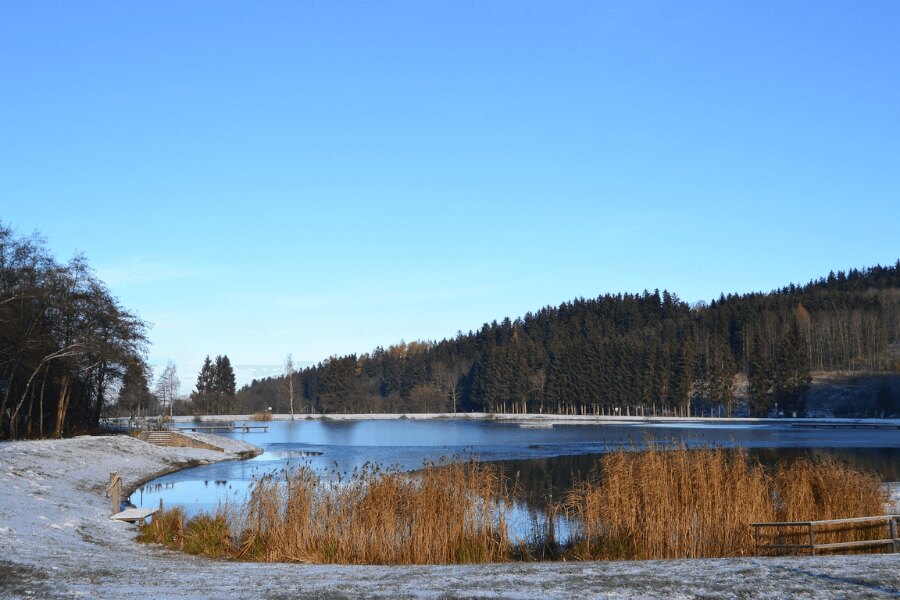
Can you handle a cold shower? Try your first dive in nature. But don't forget to bring a buddy and dry clothes.
6. First dive in nature
Already mastering the cold shower and want to take it to the next level? Then you can try your first dive in nature. The beginning of autumn, when the water is cold but not yet completely icy, is a great time to do it. Choose a safe place where there's no risk of injury and take a trusty buddy just in case.
Start with a static immersion (the body loses more heat when swimming in cold water) and concentrate on yourself. Most likely, your breathing will immediately quicken and your heart rate will skyrocket. Your main task will be to calm your mind and focus on deep, regular breathing until your heart rate returns to normal. Then just enjoy the moment and feel when it's time to come out.
7. Final warm-up
This is a point that you should definitely not underestimate. It's something just as important (and often neglected) as stretching your muscles properly after a run. The external heat (towel, tea, warm shower) immediately after the hardening off has exactly the opposite effect, which results in a feeling of internal coldness. That is why it is important to move your body and get the blood flowing first.
Exercise carefully so you do not damage stiff muscles. In winter, make sure to put on your shoes before exercising. After you have warmed up a little by exercising, you can dry off and put on dry clothes.
Readers are further interested






































































































































